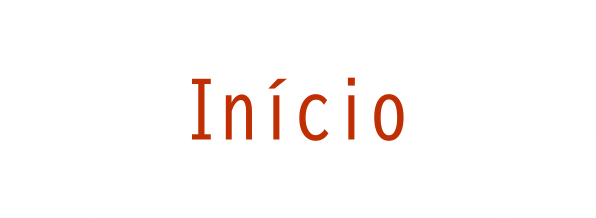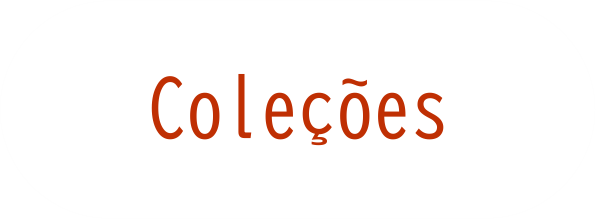Interpopulation divergence in competitive interactions of the mosquito Aedes albopictus.
Autor(es): Leisnham P T; Lounibos L P; O'Meara G F; Juliano S A
Resumo: Geographic variation in species interactions can have major effects on distributions. Effects of such variation can be particularly evident for invasive species, in which variation in competitive ability can influence invasive success and impacts. We tested the hypothesis that coexistence or exclusion of the resident mosquito Aedes aegypti results from variation among local populations of the invasive Aedes albopictus in competitive interactions with A. aegypti. We also examined the role of variation in fecundity-size relationships in these competitive interactions. We compared competitive abilities of nine North American populations of A. albopictus, three populations from each of three site types: extinction of A. aegypti following A. albopictus invasion, coexistence following A. albopictus invasion, and A. albopictus allopatric to A. aegypti. Competition among larvae from each A. albopictus population and a single A. aegypti population was tested in laboratory microcosms in a response surface design. We found interpopulation differences in competitive ability of A. albopictus, but no strong patterns among site types. Extinction sites had steeper average fecundity-size relationships than coexistence sites and allopatric sites, but this did not translate into superior population performance. Certain individual A. albopictus populations had exceptionally large competitive effects on A. aegypti or poor competitive responses to competition from A. aegypti, but competitive effect and response were not correlated. These results suggest that interpopulation variation in the competitive ability of A. albopictus may only partly explain the geographic pattern of coexistence with or extinction of A. aegypti. Environmental differences among regions may affect the competitive ability of A. albopictus and influence its invasion success and impact.
Palavras-Chave: Competitive asymmetry; Competitive hierarchies; Fecundity - Size relationship; Invasive species; Reproductive tactics
Imprenta: Ecology, v. 90, n. 9, p. 2405-2413, 2009
Descritores: Aedes aegypti - Clinical examination ; Aedes aegypti - Public health
Data de Publicação: 2009








